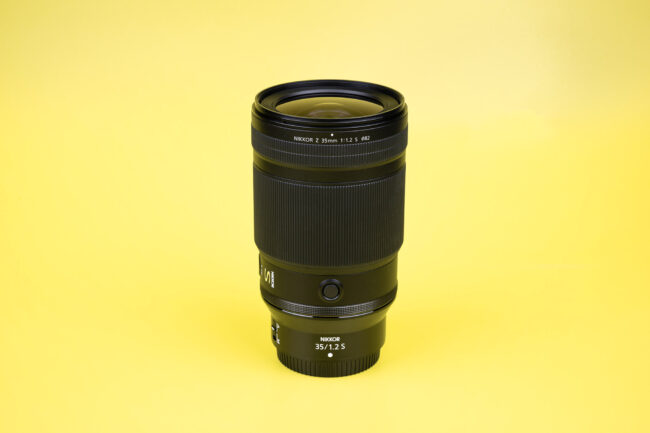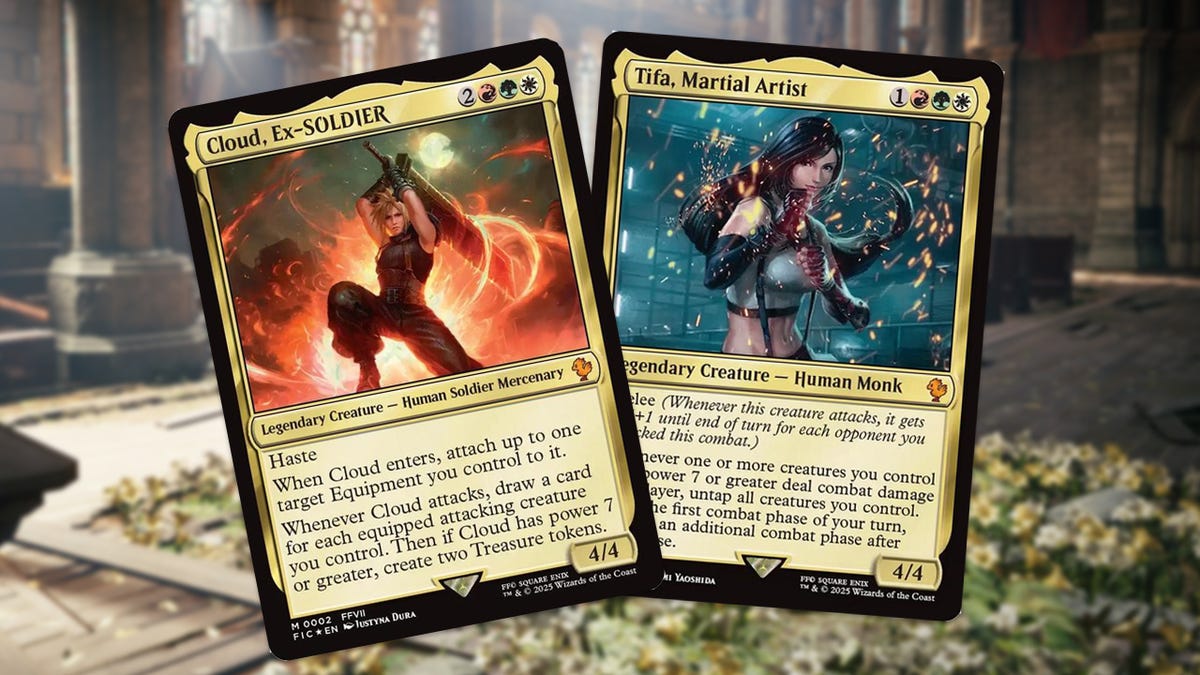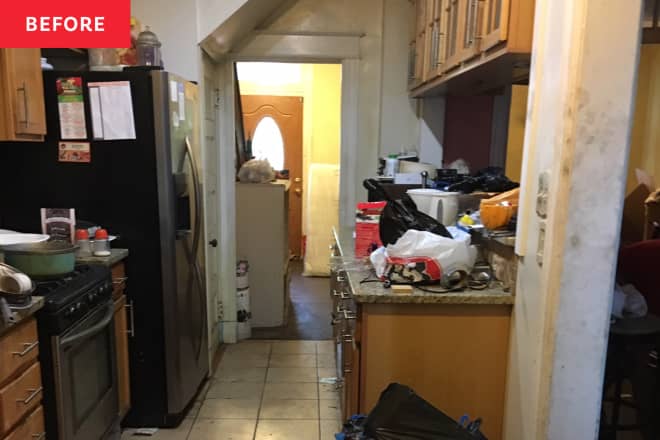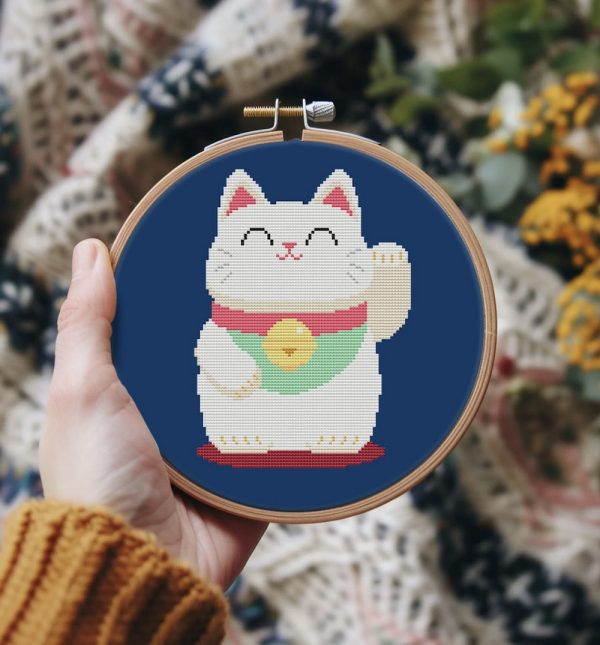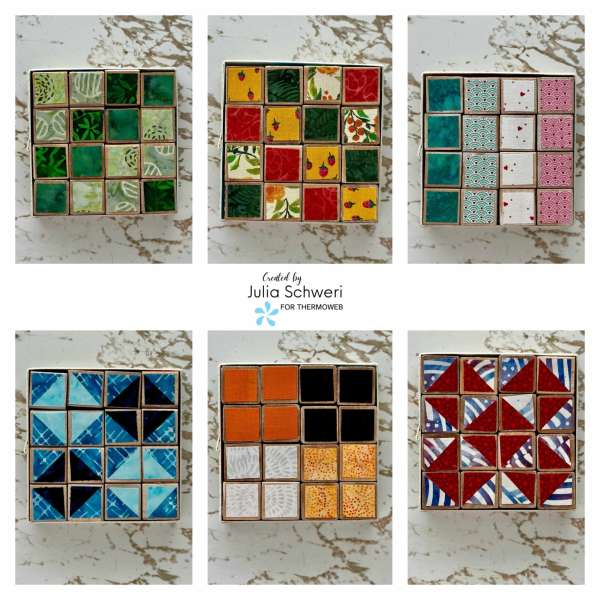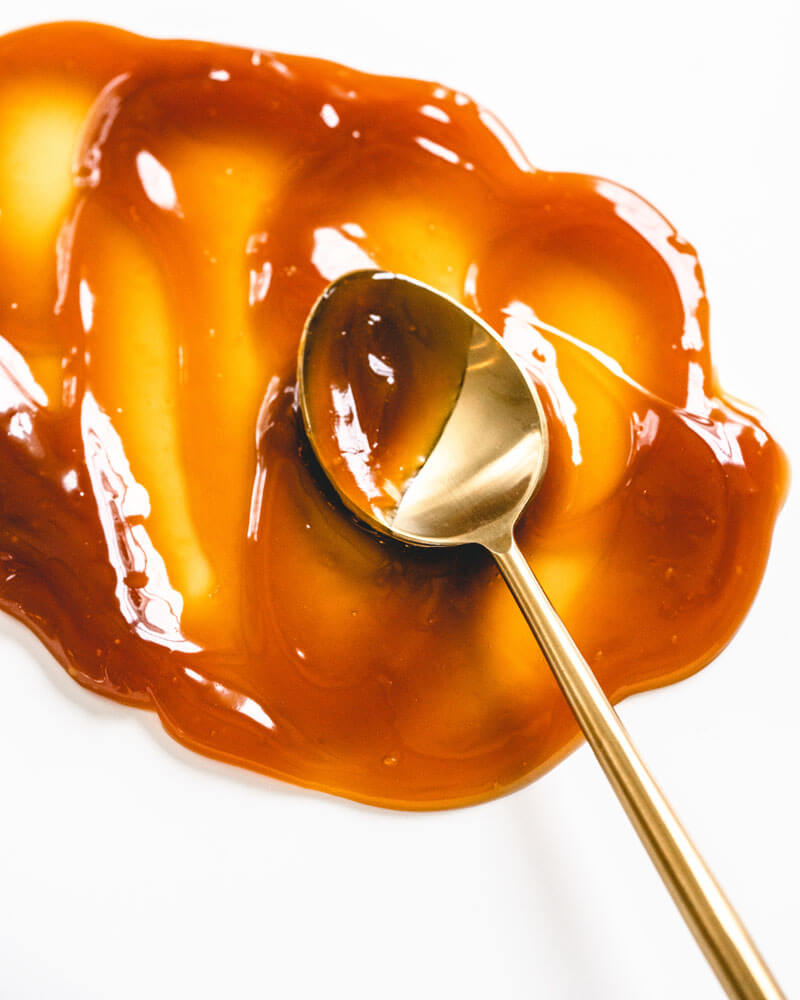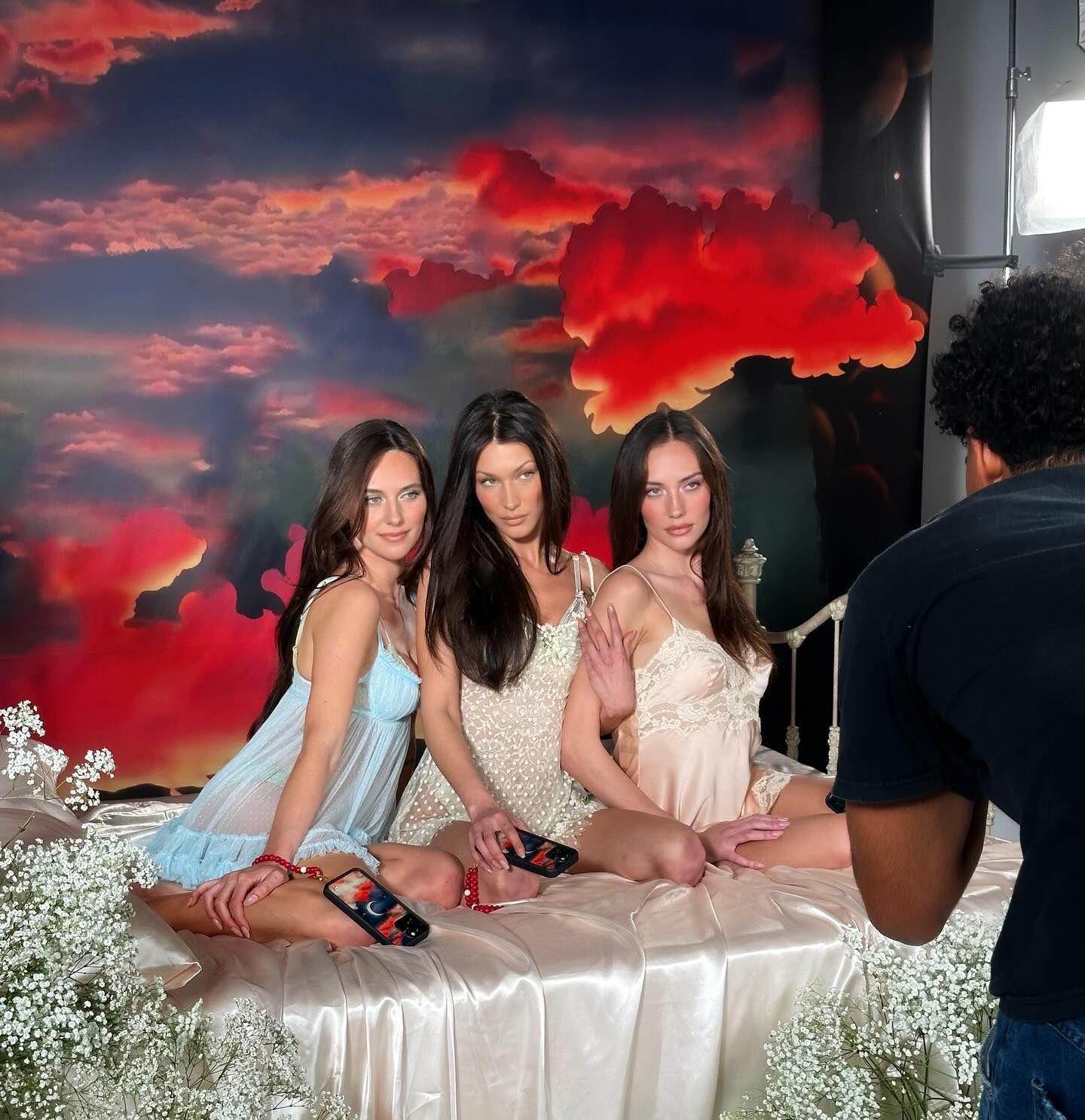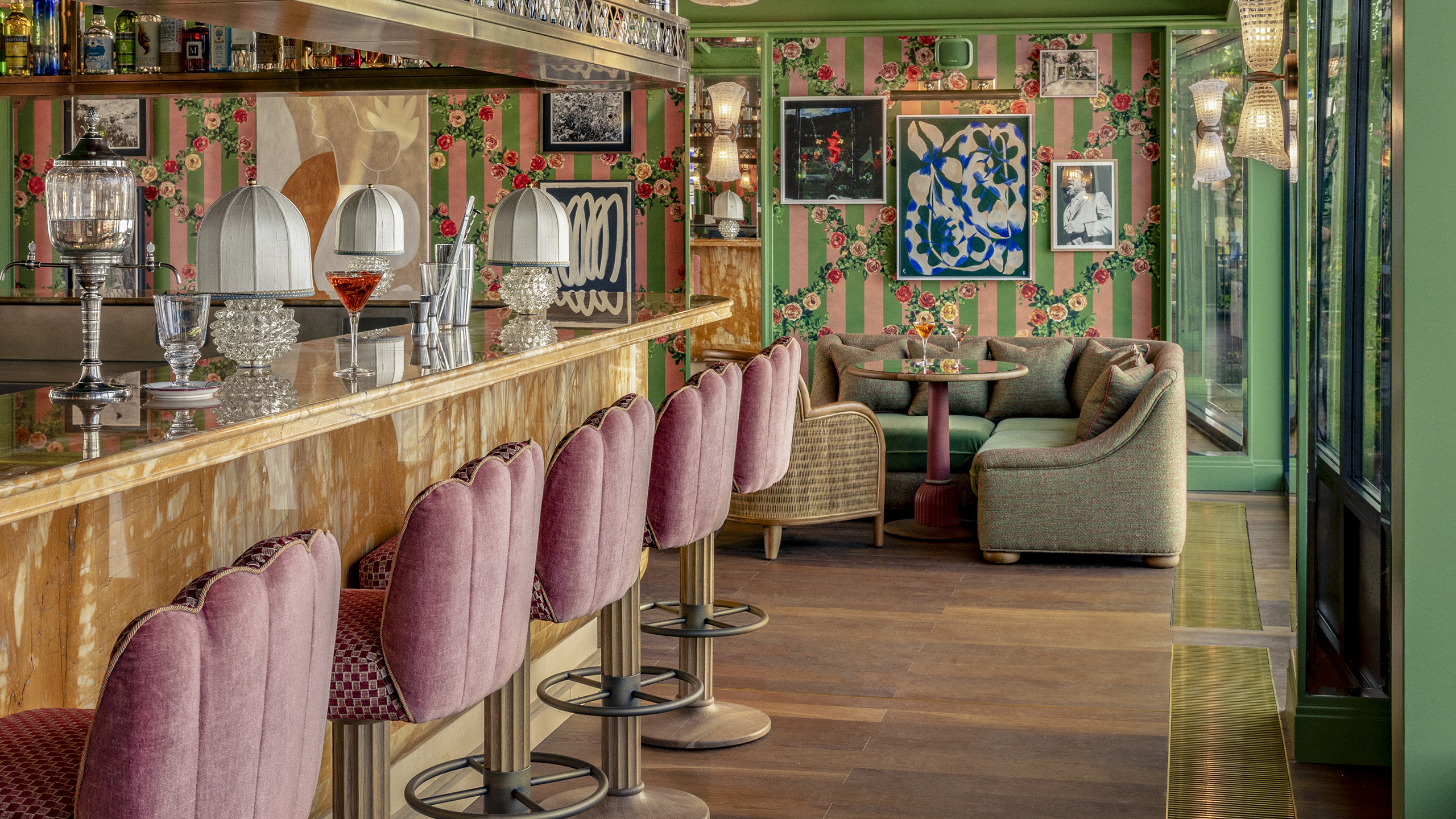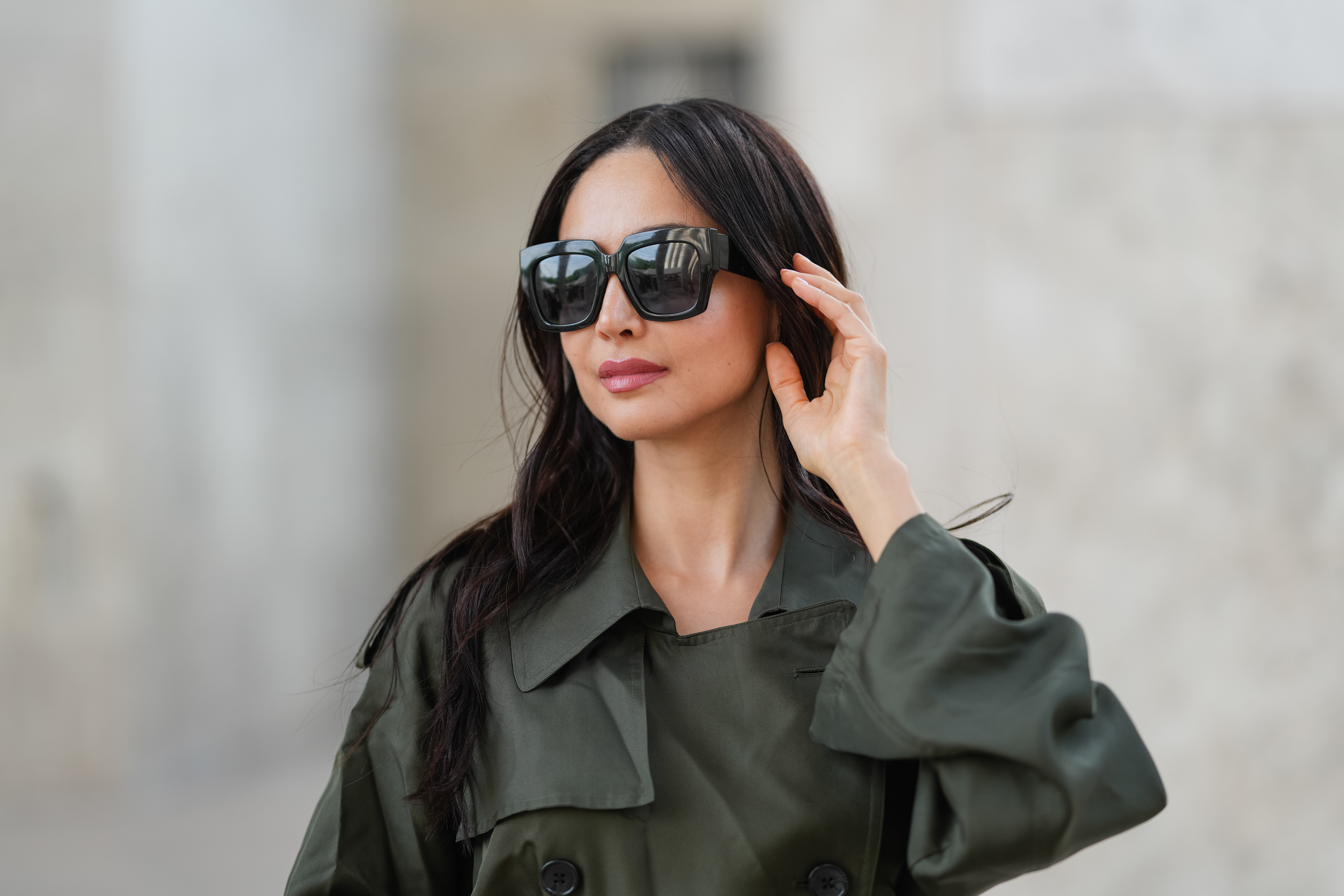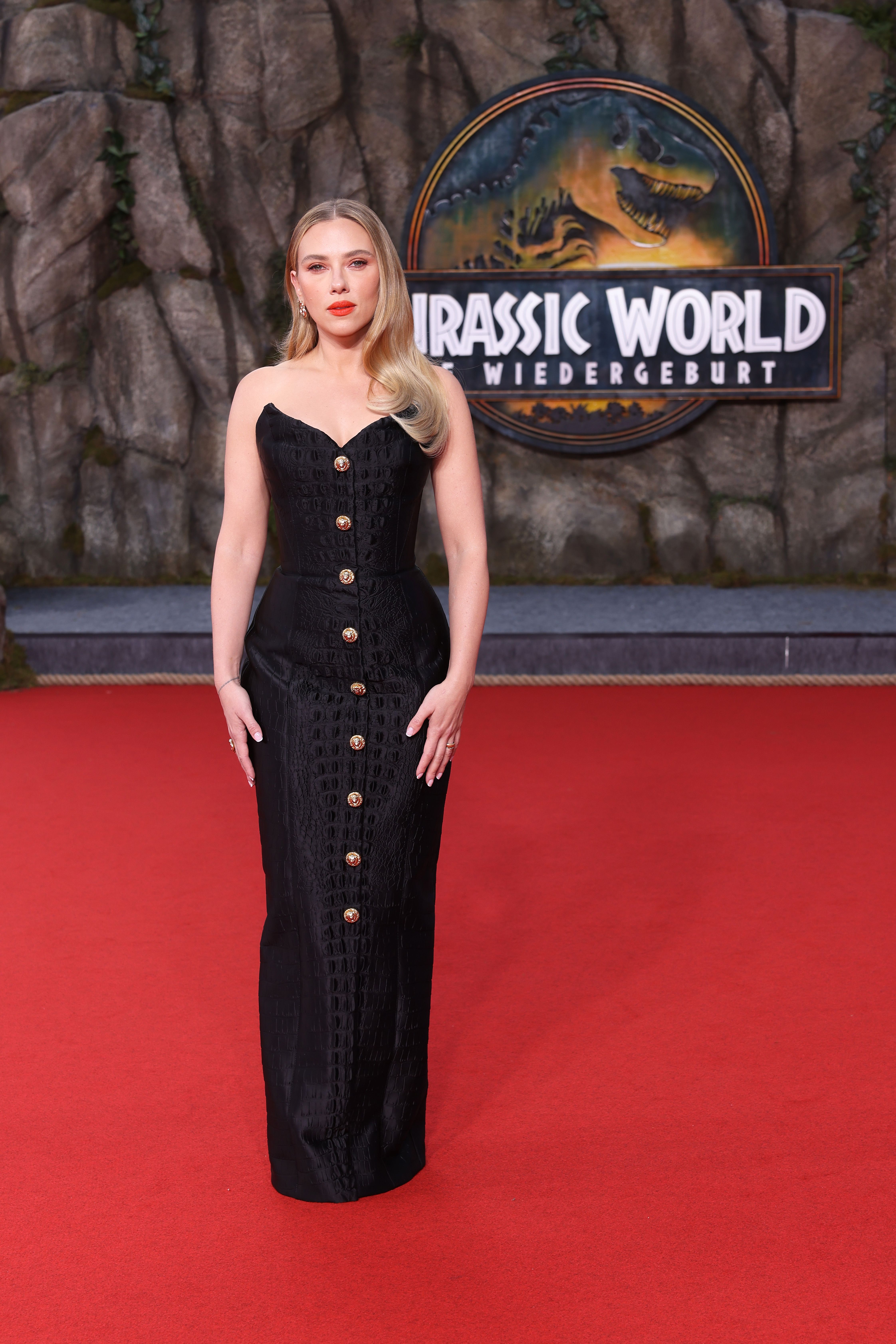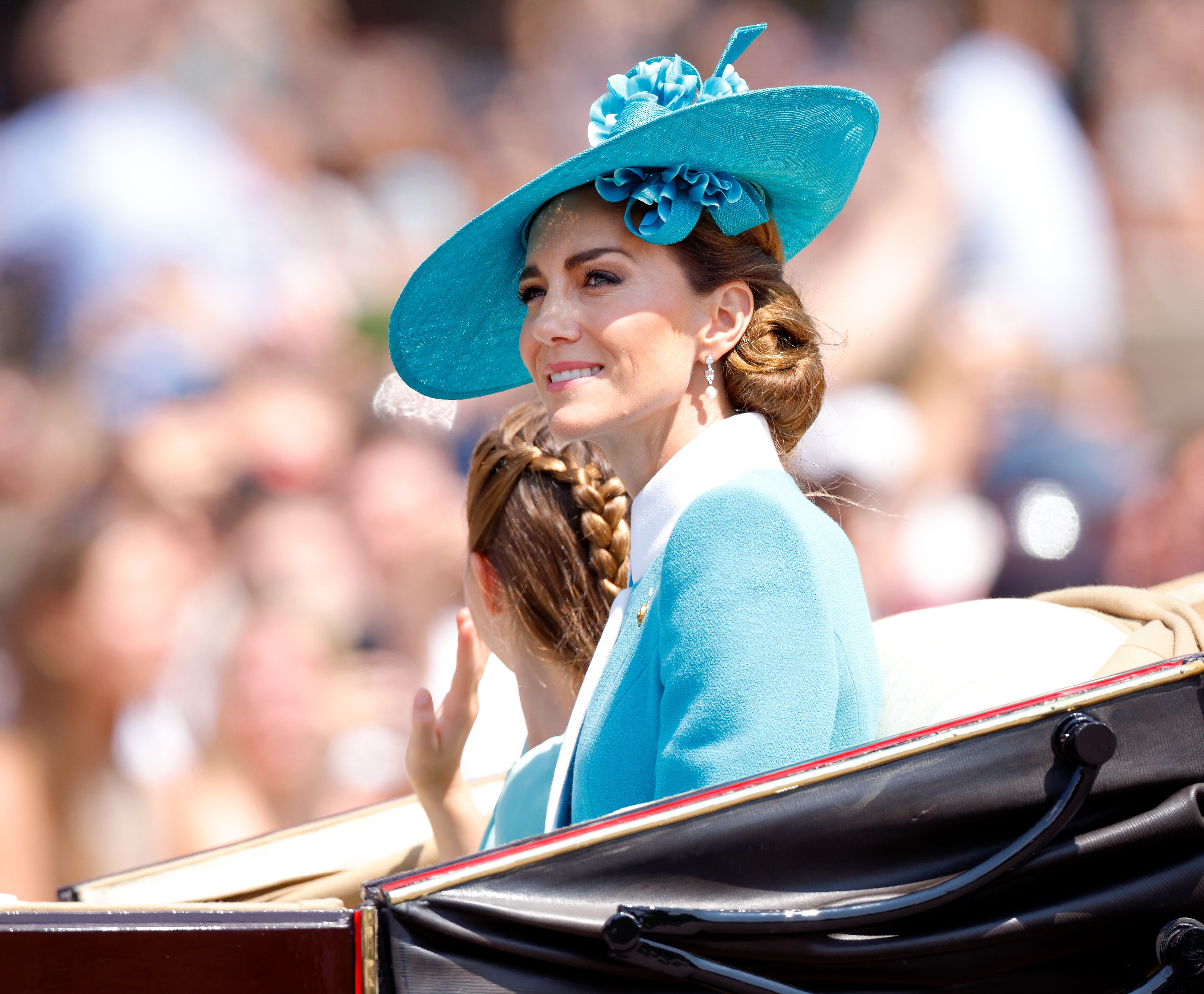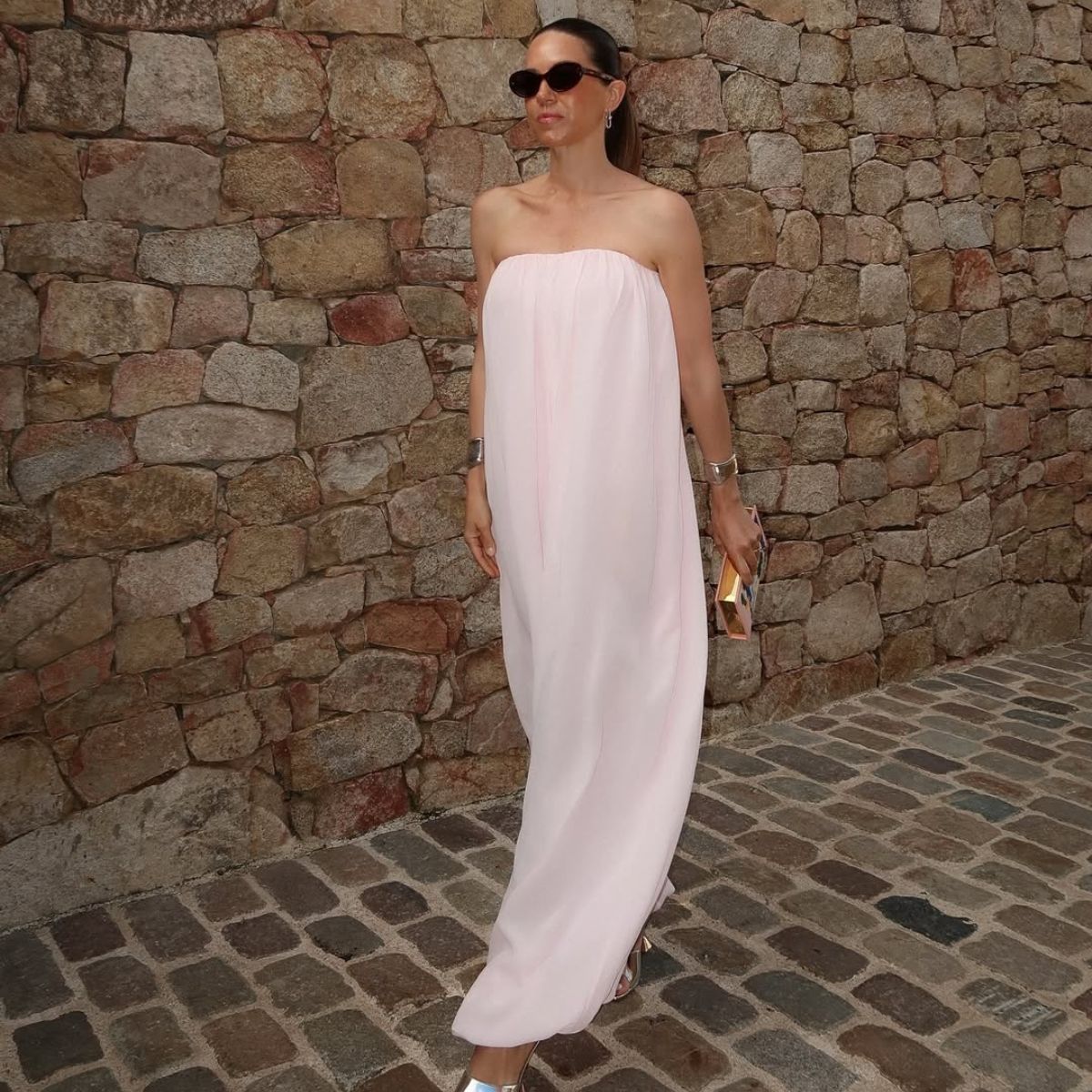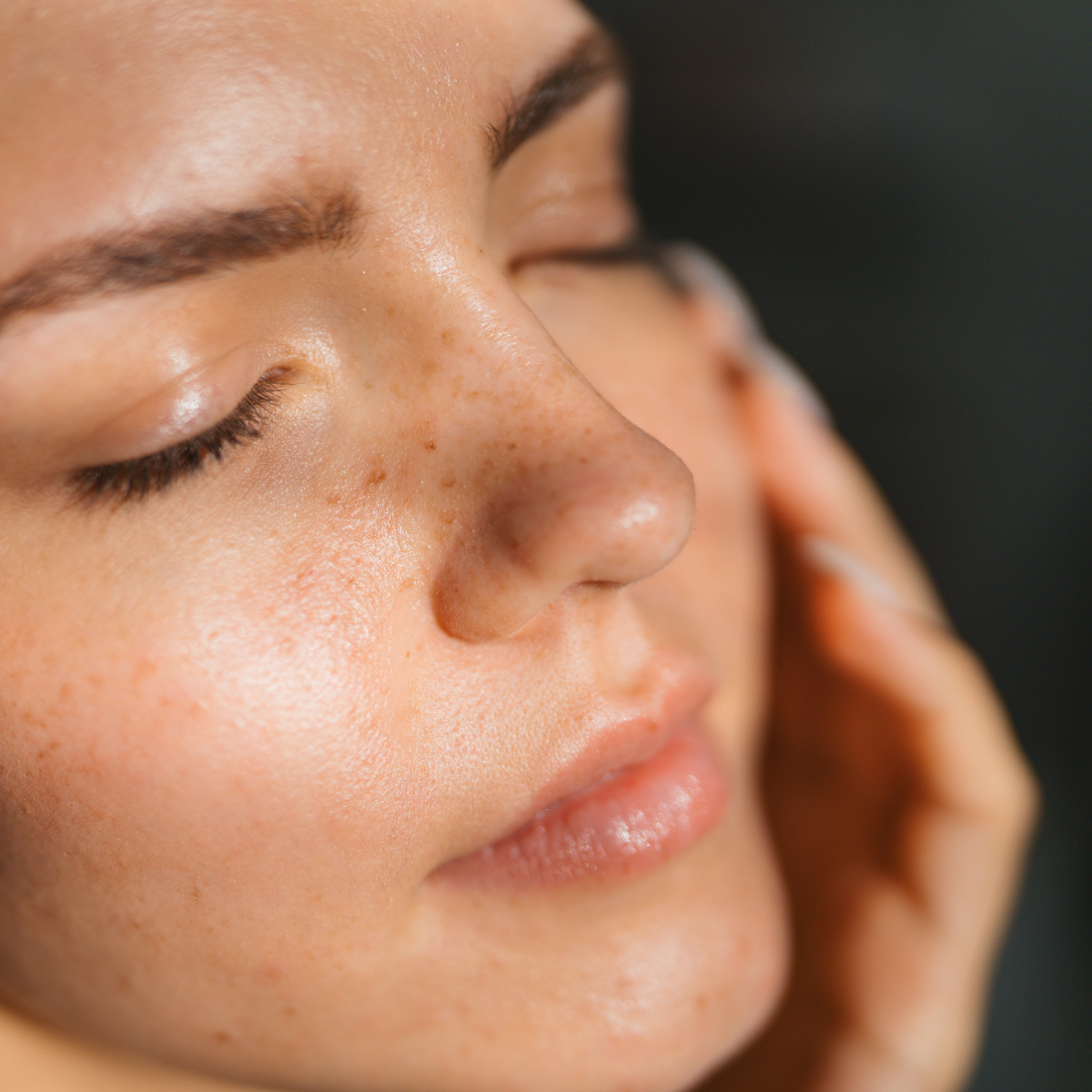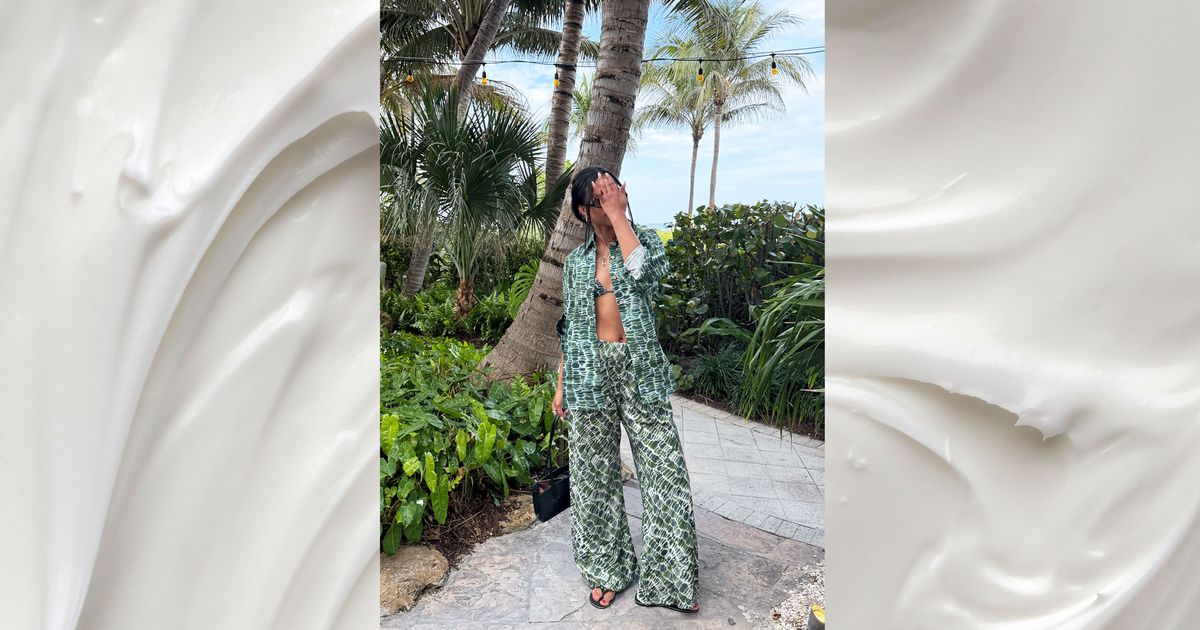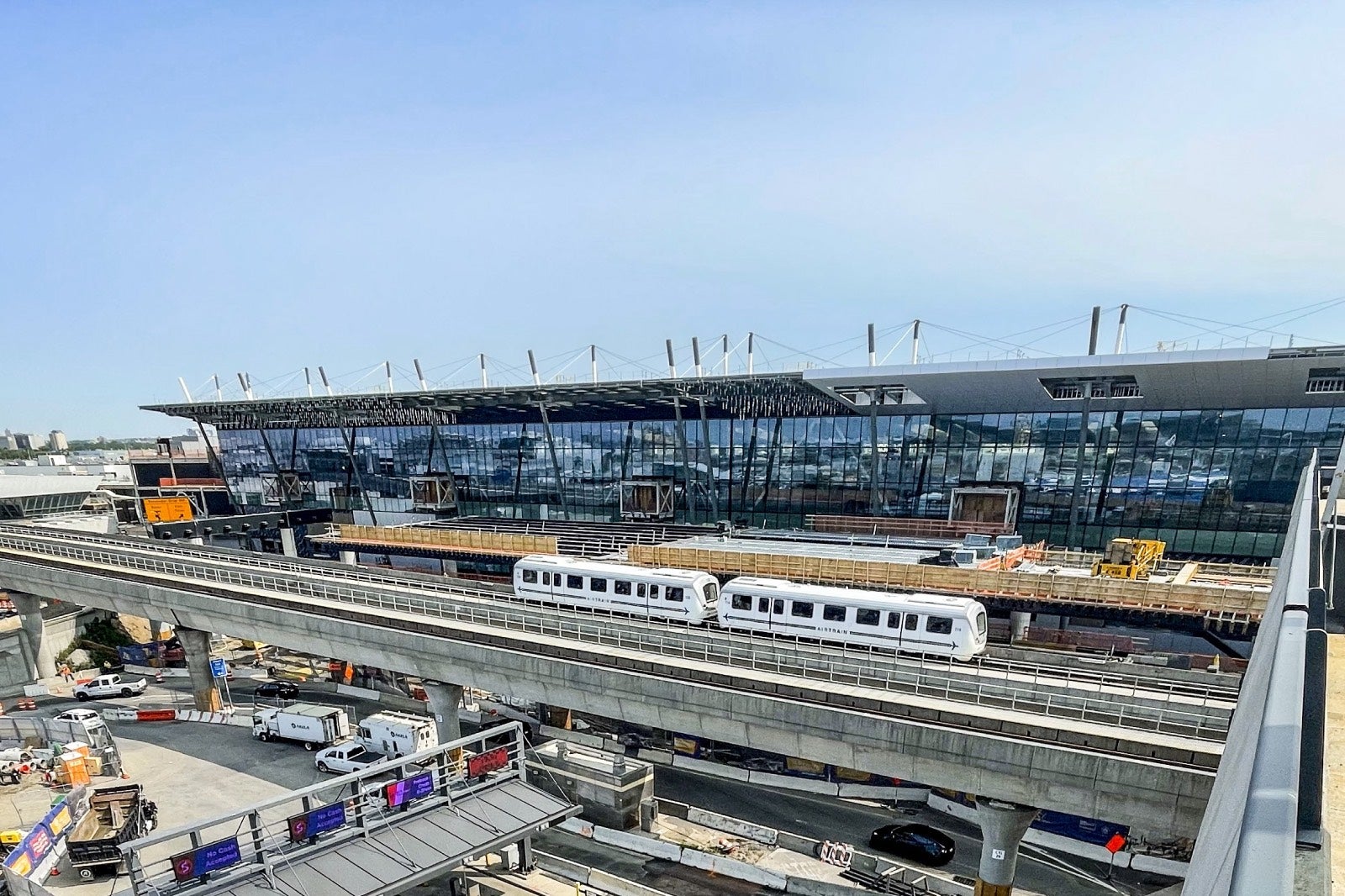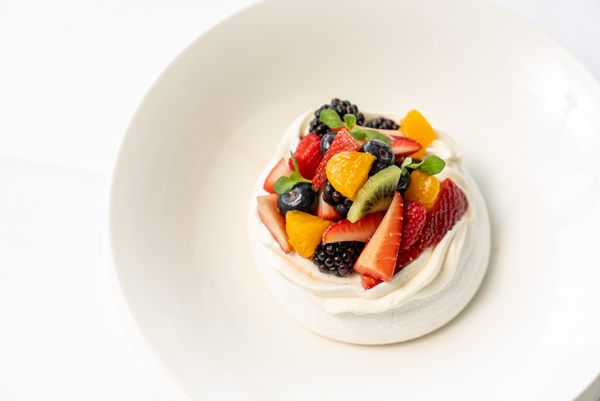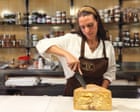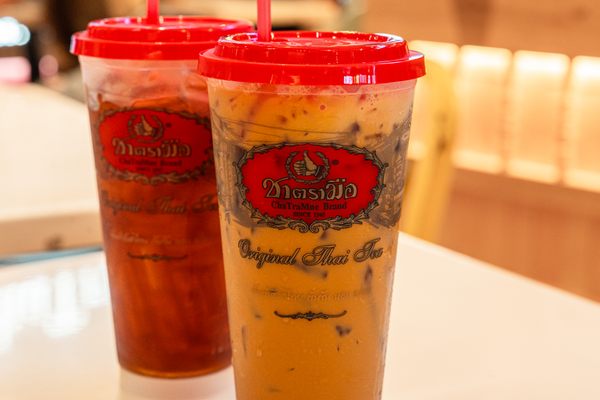Miniature Collection at Museo del Pueblo de Guanajuato in Guanajuato, Mexico
María Teresa Pomar was a leading collector of traditional Mexican handicrafts. She helped elevate the status of folk art in Mexico, and her collection is now housed in various museums across the country. At the Museo del Pueblo de Guanajuato, one of the highlights is María Teresa Pomar’s collection of 2,700 miniatures. All of them were part of the Mexican folk art that was made to sell in markets as toys or souvenirs at the end of the 20th century. Some of them can still be found in the Guanajuato market, but others are extinct techniques. Techniques represented include bone carving, wood carving, clay modeling, palm weaving, copper molding, and wood painting. Among the pieces are devil masks, figurines dancing, a wedding scene sculpted inside a peach pit, and a cupboard with a complete set of dollhouse tableware. The museum’s permanent collection also features 19th-century paintings donated by Olga Costa and Chávez Morado, as well as a mural of his own in the chapel. The majority of the museum is used for rotating temporary exhibitions.


María Teresa Pomar was a leading collector of traditional Mexican handicrafts. She helped elevate the status of folk art in Mexico, and her collection is now housed in various museums across the country.
At the Museo del Pueblo de Guanajuato, one of the highlights is María Teresa Pomar’s collection of 2,700 miniatures.
All of them were part of the Mexican folk art that was made to sell in markets as toys or souvenirs at the end of the 20th century. Some of them can still be found in the Guanajuato market, but others are extinct techniques.
Techniques represented include bone carving, wood carving, clay modeling, palm weaving, copper molding, and wood painting. Among the pieces are devil masks, figurines dancing, a wedding scene sculpted inside a peach pit, and a cupboard with a complete set of dollhouse tableware.
The museum’s permanent collection also features 19th-century paintings donated by Olga Costa and Chávez Morado, as well as a mural of his own in the chapel. The majority of the museum is used for rotating temporary exhibitions.










































